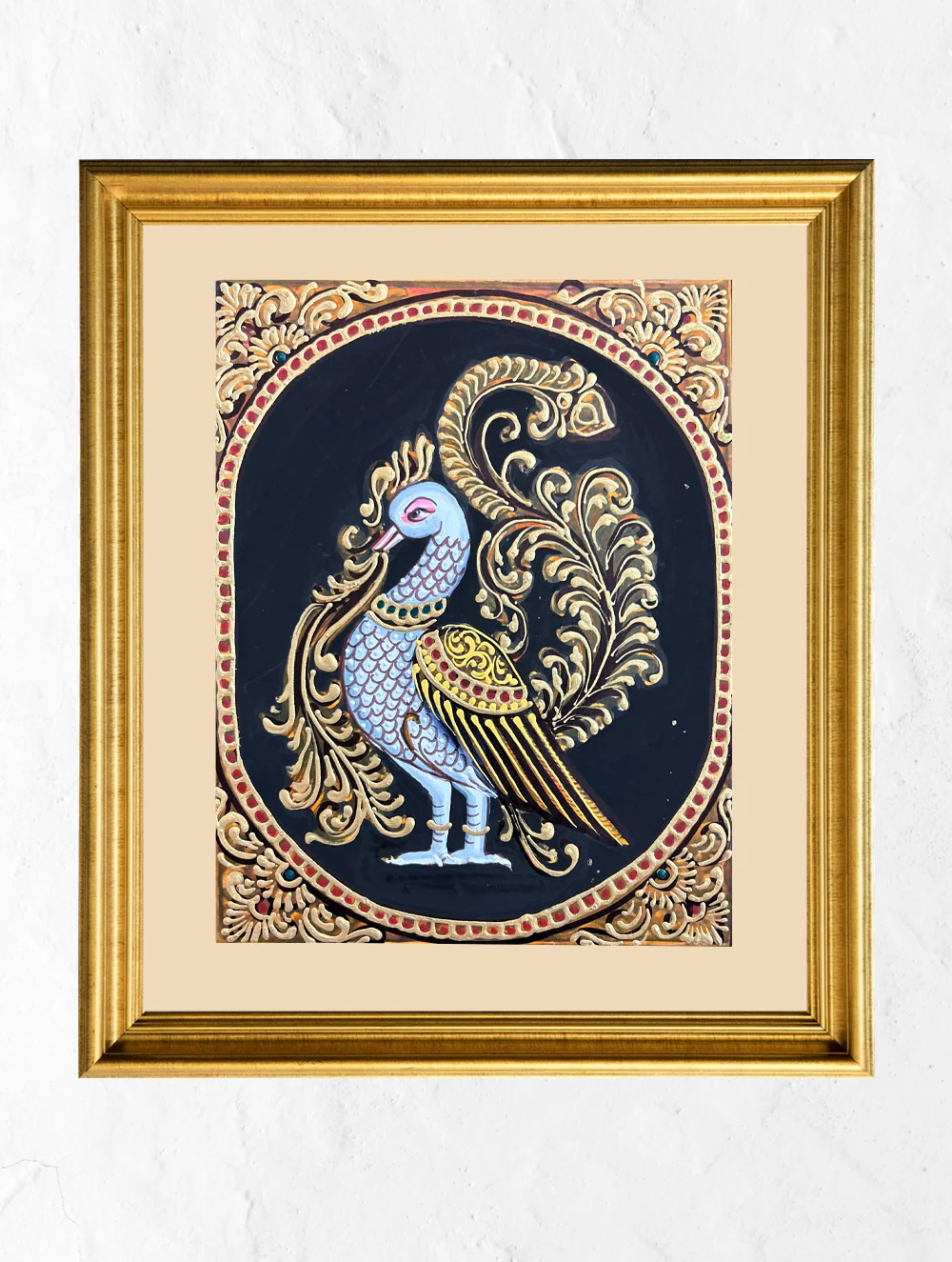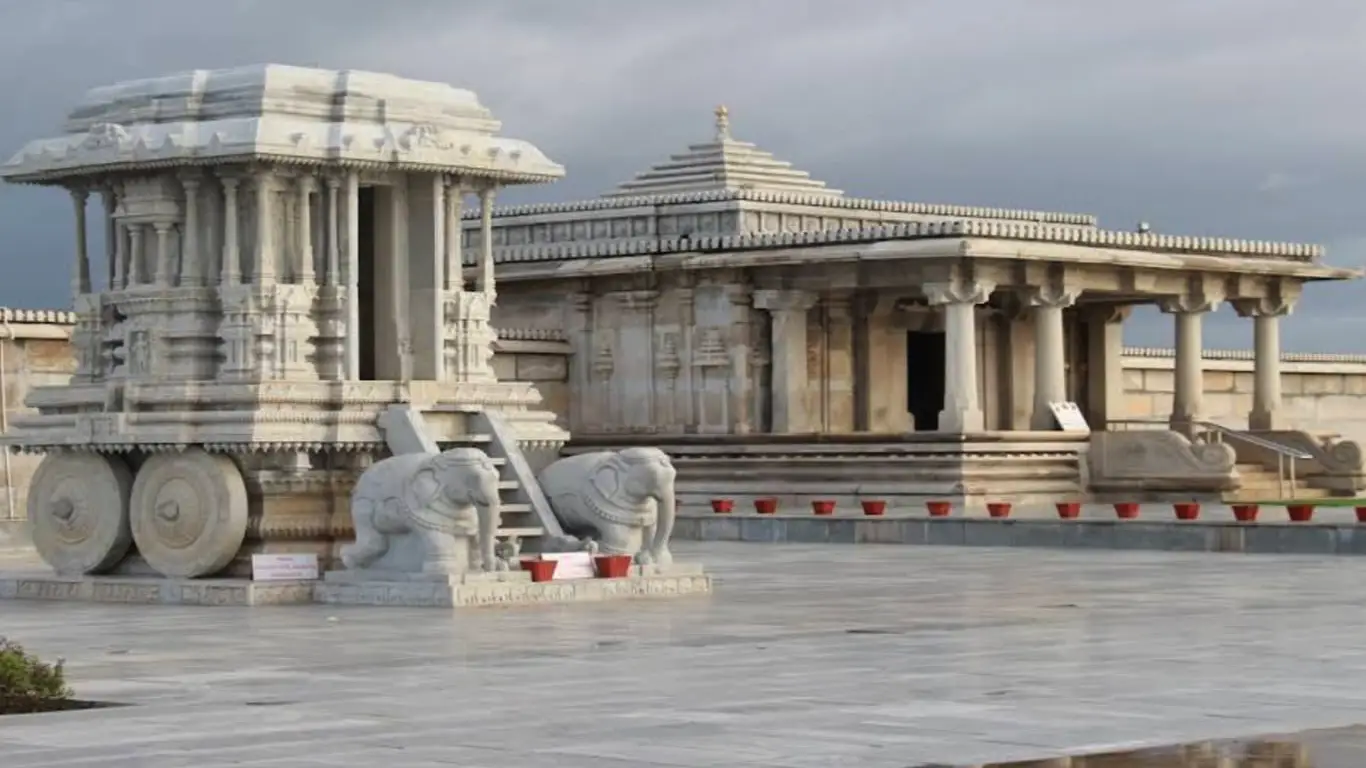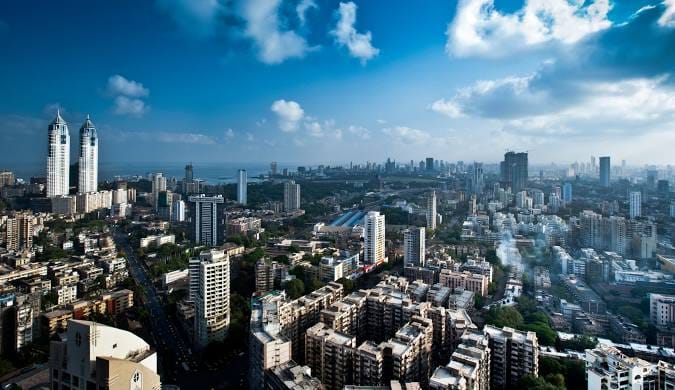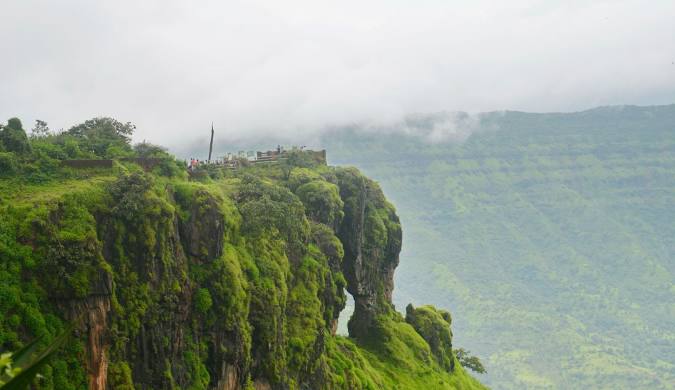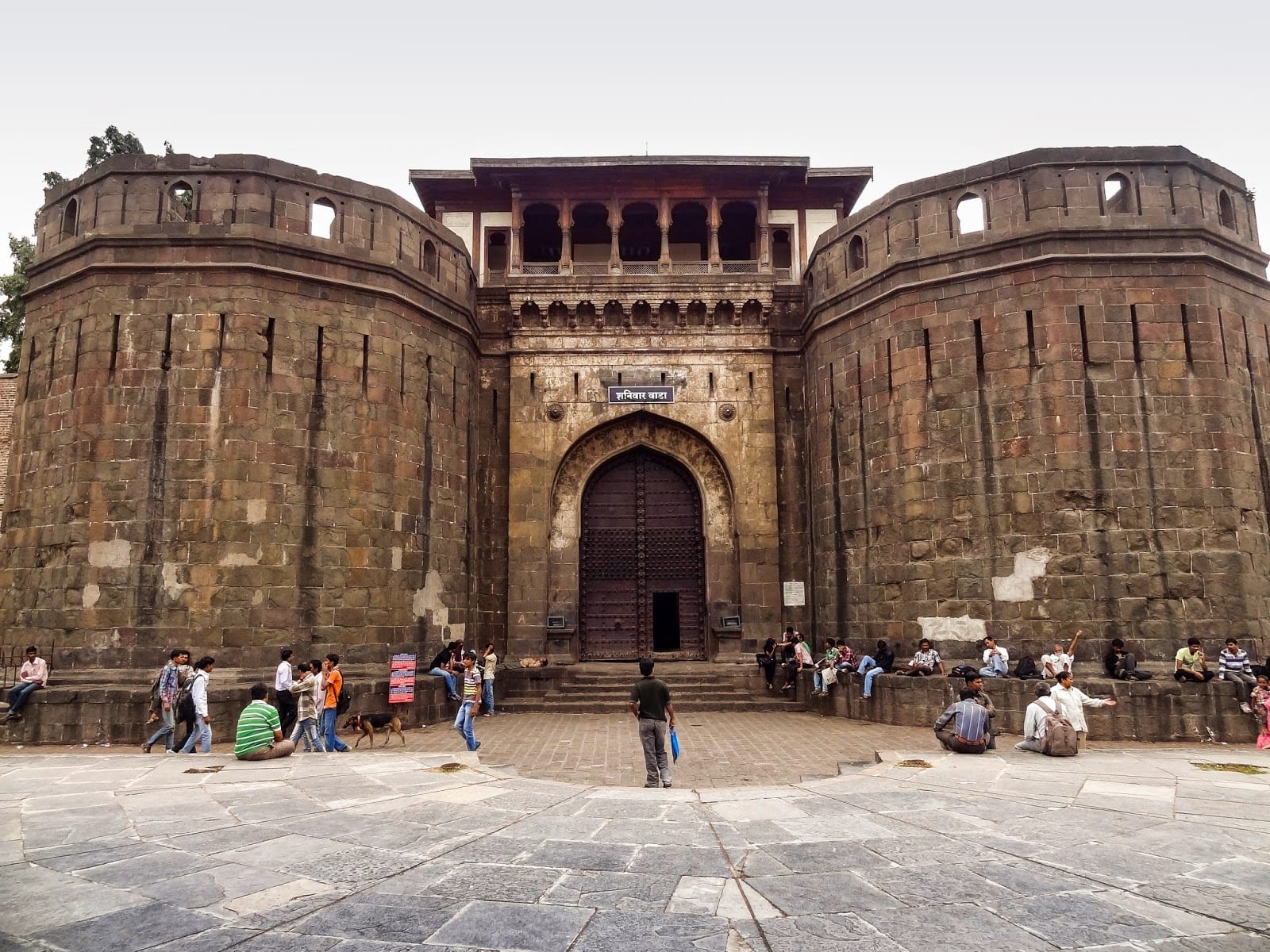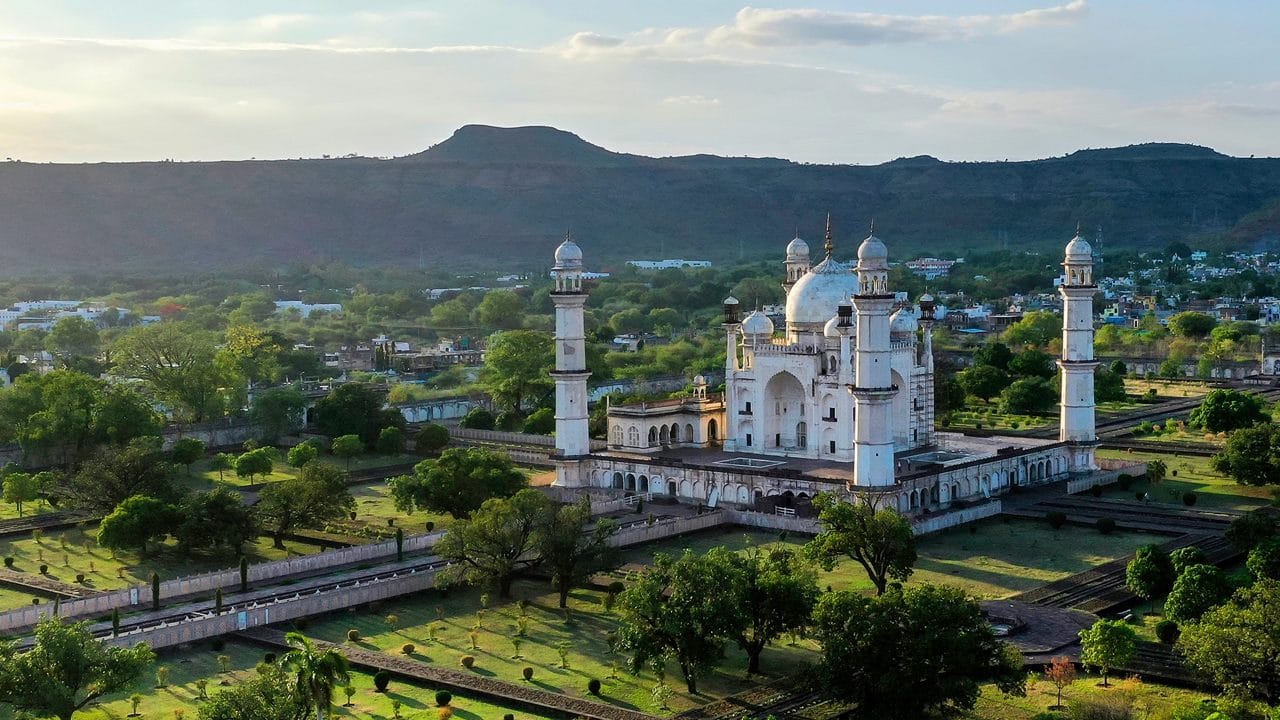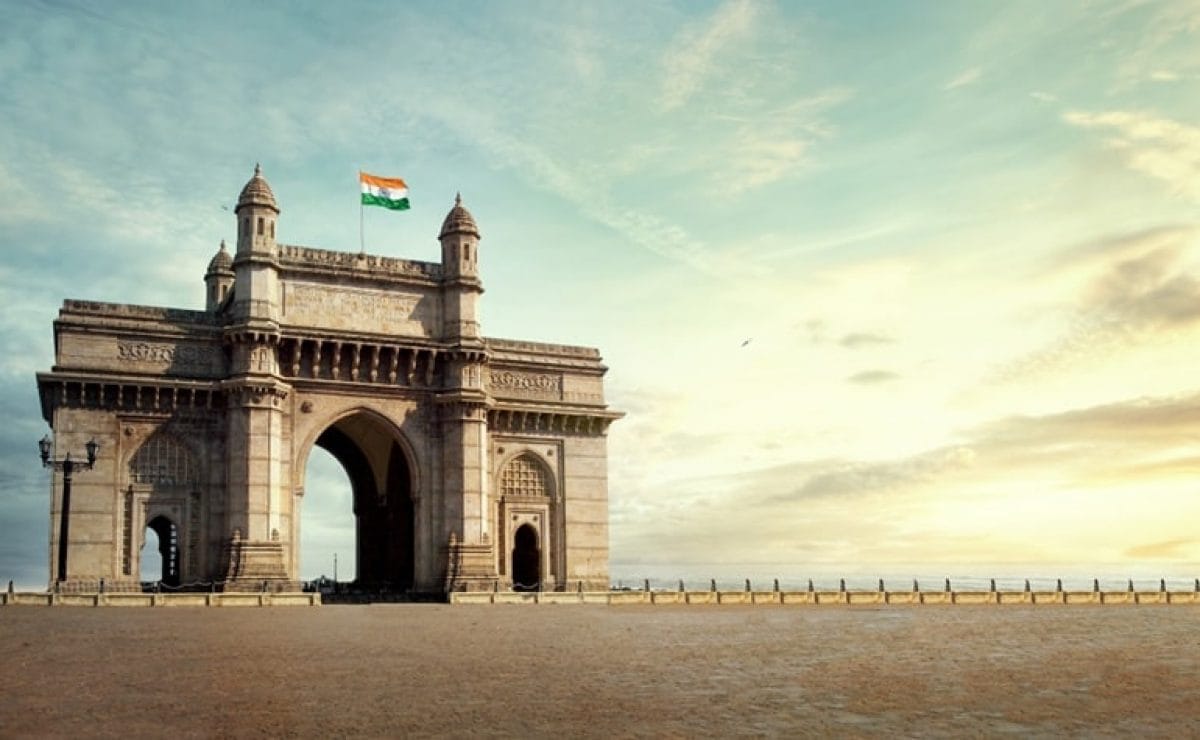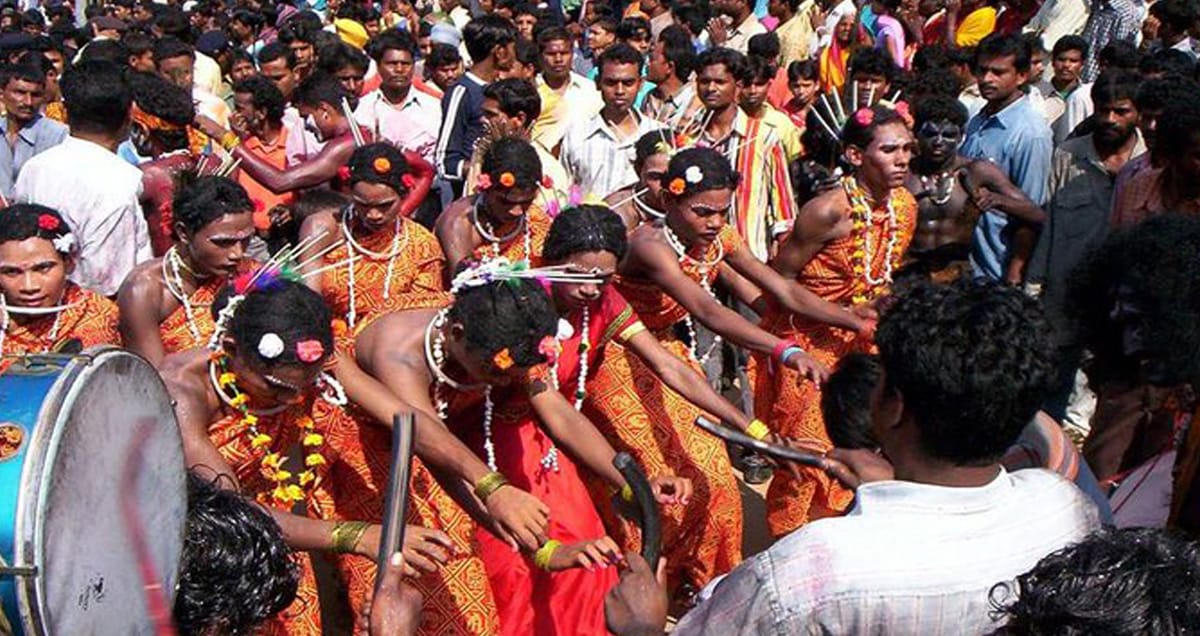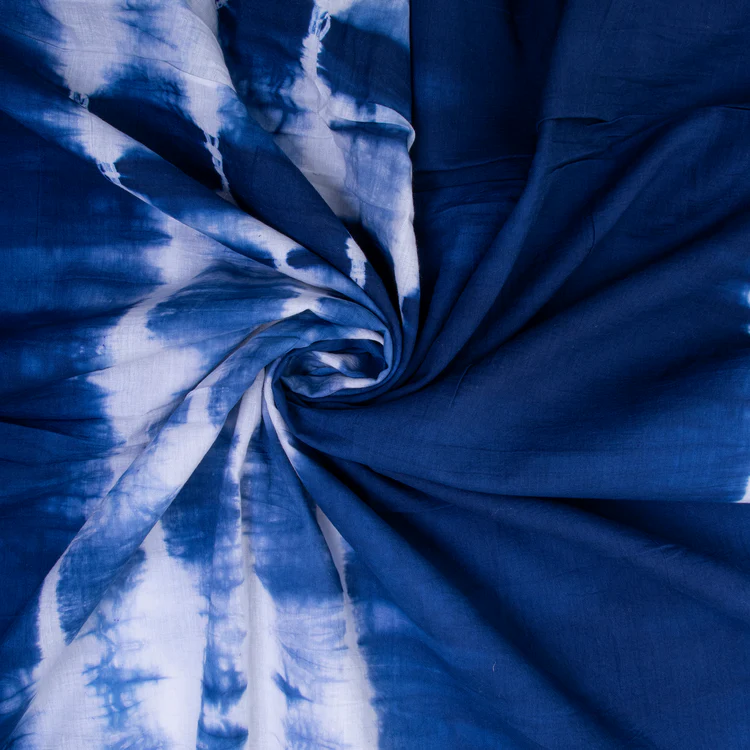
Step into the vibrant world of Indian textiles, and you’ll discover a craft that is as mesmerizing in its process as it is in its final form. We’re talking about Bandhani, the ancient art of tie and dye that transforms a simple cloth into a constellation of intricate patterns. But when this traditional technique meets the soul of handloom fabrics, it creates something truly magical—a textile that tells a story of heritage, patience, and unparalleled craftsmanship.
What Exactly is Bandhani?
Bandhani, derived from the Sanskrit word ‘bandh’ which means ‘to tie’, is a traditional Indian tie-dye art form. It involves plucking the cloth with the fingernails or a small pointed tool into many tiny bindings, which are then tied tightly with thread. When the fabric is dyed, these tied parts resist the color, creating a beautiful pattern of dots, squares, or waves after the knots are opened. This deceptively simple concept is the foundation for an astonishing variety of complex designs.

A Rich History Woven in Knots
The legacy of Bandhani is ancient, with evidence of its existence dating back to the Indus Valley Civilization. Early mentions of this craft appear in historical texts and are visible in the 6th-century Ajanta cave paintings. While the craft is practiced in various forms across India, its heartland and most exquisite expressions are found in two vibrant states: Gujarat and Rajasthan.
The Heartland of Bandhani: Gujarat and Rajasthan
Bandhani is not just a craft but a cultural identity for Gujarat and Rajasthan. For centuries, these states have been the epicenters of this art form, each region lending its unique flavour and style to the tradition.
Gujarat: The Cradle of Intricate Craftsmanship
Gujarat is often hailed as the true home of Bandhani, particularly the Kutch and Saurashtra regions. The Khatri community of Kutch is globally renowned for producing some of the finest and most intricate Bandhani work.
- Why is it famous here?
- Generational Mastery: The craft has been passed down through generations of the Khatri community, who have perfected the art of creating incredibly fine and complex patterns. Their skill in tying minuscule, sharp dots is unparalleled.
- Cultural Significance: Bandhani is deeply woven into the fabric of Gujarati life. The Gharchola, a type of Bandhani saree with a grid pattern, is an essential part of a bride’s wedding trousseau, believed to bring good fortune.
- Natural Resources & Trade: Historically, the region’s proximity to trade routes and access to natural dyes like indigo and madder root helped the craft to flourish and reach global markets.
Rajasthan: A Royal Palette of Vibrant Hues
In Rajasthan, Bandhani took on a different character, influenced by the state’s royal history and desert landscape. Cities like Jaipur, Jodhpur, and Udaipur are famous centers for this craft.
- Why is it famous here?
- Royal Patronage: The Rajput kings and nobles were great patrons of the arts, and Bandhani was highly favoured in royal attire. This patronage encouraged the development of rich and elaborate designs.
- Distinctive Patterns: Rajasthan is famous for its unique patterns like Leheriya (waves) and Mothra (a checked pattern). Leheriya turbans and sarees are particularly iconic and are traditionally worn during the festivals of Teej and Raksha Bandhan.
- Bold and Bright Colors: Rajasthani Bandhani is known for its use of brilliant, vibrant colors like bright red, canary yellow, and deep green, reflecting the colourful culture of the state, which stands in stark contrast to its arid landscape.
The Meticulous Dance of Tying and Dyeing
Creating a piece of Bandhani is a testament to human patience and precision. Handcrafted processes take several weeks to months to complete, depending on the complexity of the design.
- The Canvas – The Handloom Fabric: The journey begins with the selection of the fabric. Authentic, high-quality Bandhani is almost always done on natural, handloom fabrics. Hand-woven cotton, Gajji silk, and Murshidabad silk are popular choices because their organic texture and absorbency are perfect for absorbing the natural dyes.
- Tracing the Design: The desired pattern is first traced onto the fabric.
- The Tying (‘Bandhan’): This is the most crucial stage. Thousands of tiny points on the fabric are lifted and tightly wrapped with thread. The skill of the artisan lies in the uniformity and tightness of these knots.
- The Dyeing: The tied fabric is then dipped in its first, usually the lightest, dye bath. This process is repeated for each color, moving from light to dark shades.
- The Unveiling: Once the dyeing is complete, the fabric is carefully opened. As the knots are untied, they reveal a spectacular, undyed pattern against a vibrant background.
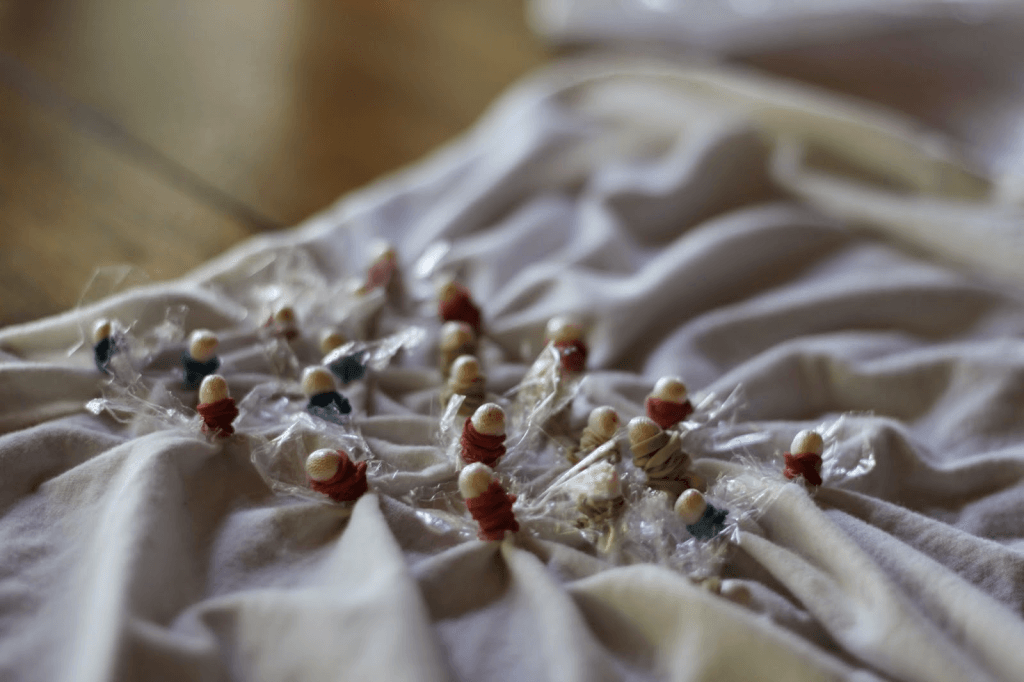
Why the Handloom Connection Matters
In an age of fast fashion, the “handloom” in Handloom Bandhani is more significant than ever. Here’s why:
- Superior Quality: Handloom fabrics have a unique texture and drape that machine-made cloth cannot replicate. They are more porous, allowing for deeper and richer color absorption.
- Sustainability: Handloom weaving is a sustainable process with a minimal carbon footprint, supporting local ecosystems and using natural fibers.
- Supporting Artisans: Choosing handloom Bandhani means you are directly supporting the livelihood of two distinct artisan communities—the weavers and the Bandhani artists.
- The Beauty of Imperfection: Each handloom Bandhani piece has slight irregularities, which are not flaws but the hallmark of a truly handcrafted product, making each piece one-of-a-kind.
Decoding the Language of Patterns
Bandhani is a language of symbols and motifs, each with its own name and significance. Some popular patterns include:
- Ekdali: Single dot
- Trikunti: Three dots forming a cluster
- Chaubundi: Four dots
- Leheriya: Wave-like patterns
- Mothra: A checkered pattern created by crisscrossing waves
- Shikari: Elaborate designs depicting hunting or human figures

Caring for Your Bandhani Treasure
A handloom Bandhani is a piece of wearable art. To preserve its beauty:
- Always opt for dry cleaning for the first few washes.
- If hand washing, use a mild detergent and cold water.
- Do not wring the fabric. Instead, roll it in a towel to absorb excess water.
- Dry it in the shade to prevent the vibrant colors from fading.
In conclusion, a Handloom Bandhani is not just a piece of clothing; it’s a celebration of India’s rich textile heritage. It represents a synergy of two timeless crafts, embodying the spirit of slow, sustainable, and soulful fashion. The next time you drape a Bandhani from Gujarat or Rajasthan, remember the countless hours of skilled craftsmanship and the generations of tradition that are woven and tied into its very fabric.



